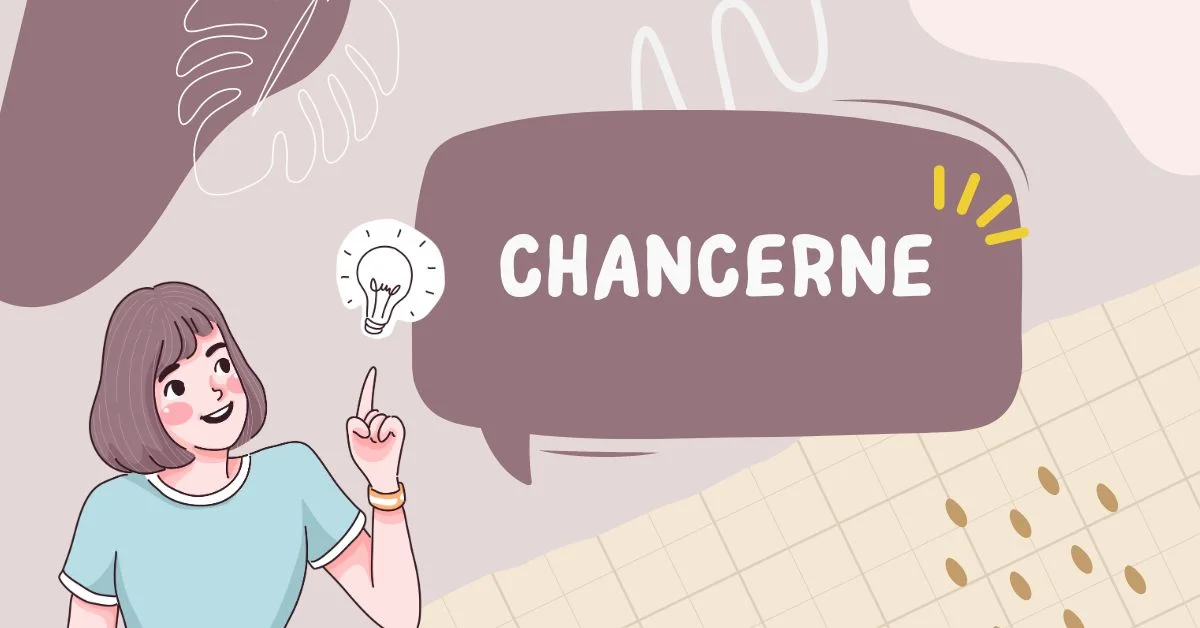In an age where technology and collaboration shape the landscape of business and creativity, new terms and concepts continue to emerge. One such term is “Chancerne,” a blend of chance and serendipity, encapsulating the unpredictable nature of innovation and the potential for unexpected discoveries.
What is Chancerne?
Chancerne refers to the concept of leveraging chance encounters and spontaneous ideas to foster innovation. It recognizes that some of the most groundbreaking advancements and creative breakthroughs arise not from structured planning but from serendipitous moments. Chancerne emphasizes the importance of an open mindset, where individuals are encouraged to explore, engage, and experiment, leading to unforeseen opportunities.
The Significance of Chancerne
- Innovation Through Collaboration: In collaborative environments, diverse perspectives can lead to unexpected insights. Chancerne encourages teams to embrace the unknown, fostering a culture where brainstorming sessions and casual conversations can spark innovative ideas.
- Adaptability in a Changing Landscape: As industries evolve, the ability to pivot and adapt becomes crucial. Embracing chancerne allows organizations to remain flexible, responding to market shifts and emerging trends by capitalizing on spontaneous opportunities.
- Encouraging Creativity: Chancerne nurtures an environment where creativity can flourish. By reducing the pressure of perfection and encouraging exploration, individuals are more likely to take risks and think outside the box.
Applications of Chancerne
- Business Development: Companies can implement chancerne by promoting informal networking events, idea-sharing sessions, or innovation labs where employees are encouraged to connect and collaborate without rigid agendas.
- Research and Development: In R&D, chancerne can lead to breakthrough discoveries. Researchers can benefit from interdisciplinary collaborations, where experts from different fields come together, often resulting in unexpected innovations.
- Education: Educational institutions can adopt chancerne by fostering a learning environment that prioritizes exploration and experimentation, allowing students to engage in projects that may not fit traditional curricula but spark their curiosity.
Challenges and Considerations
While chancerne presents exciting opportunities, there are challenges to consider. Organizations must strike a balance between structured processes and the spontaneity that chancerne promotes. Additionally, fostering a culture that embraces failure as a learning experience is essential, as not all spontaneous ideas will lead to success.
Conclusion
Chancerne embodies the spirit of innovation that arises from unexpected encounters and ideas. By fostering an environment that embraces chance, organizations and individuals can unlock new levels of creativity and adaptability. As we move forward in an ever-evolving landscape, recognizing the potential of chancerne may be the key to staying ahead in innovation.
FAQs
1. What does “Chancerne” mean?
Chancerne is a concept that combines “chance” and “serendipity,” referring to the idea that unexpected encounters and spontaneous ideas can lead to innovation and creative breakthroughs.
2. How can Chancerne benefit organizations?
Chancerne can benefit organizations by fostering a culture of collaboration and creativity, encouraging employees to explore new ideas, adapt to changes, and leverage unexpected opportunities for innovation.
3. In what ways can businesses implement Chancerne?
Businesses can implement Chancerne by promoting informal networking events, hosting brainstorming sessions, and creating innovation labs where employees can collaborate freely without rigid agendas.
4. How does Chancerne relate to creativity?
Chancerne nurtures an environment that encourages exploration and experimentation, allowing individuals to take risks and think outside the box. This openness to chance can lead to innovative and creative solutions.
5. What are some challenges associated with Chancerne?
Challenges include finding the right balance between structured processes and spontaneity, as well as fostering a culture that embraces failure as a learning experience. Not all spontaneous ideas will result in success.
6. Can Chancerne be applied in educational settings?
Yes, educational institutions can adopt Chancerne by creating learning environments that prioritize exploration, allowing students to engage in projects that spark curiosity and creativity beyond traditional curricula.
7. How does Chancerne differ from traditional innovation strategies?
Traditional innovation strategies often rely on structured planning and defined processes, while Chancerne emphasizes the value of spontaneity, chance encounters, and the potential for unexpected discoveries.
8. Is Chancerne applicable in all industries?
Chancerne can be applied across various industries, including technology, healthcare, education, and the arts, as it promotes creativity and adaptability, which are valuable in any field.
9. How can leaders promote a culture of Chancerne in their organizations?
Leaders can promote Chancerne by encouraging open communication, facilitating collaborative spaces, rewarding creative risk-taking, and emphasizing the importance of learning from failures.
10. Where can I learn more about Chancerne?
To learn more about Chancerne, consider exploring resources on innovation, creativity in business, and organizational behavior. Workshops, seminars, and books on fostering creativity in teams can also provide valuable insights.











